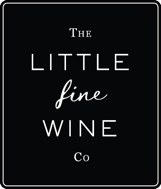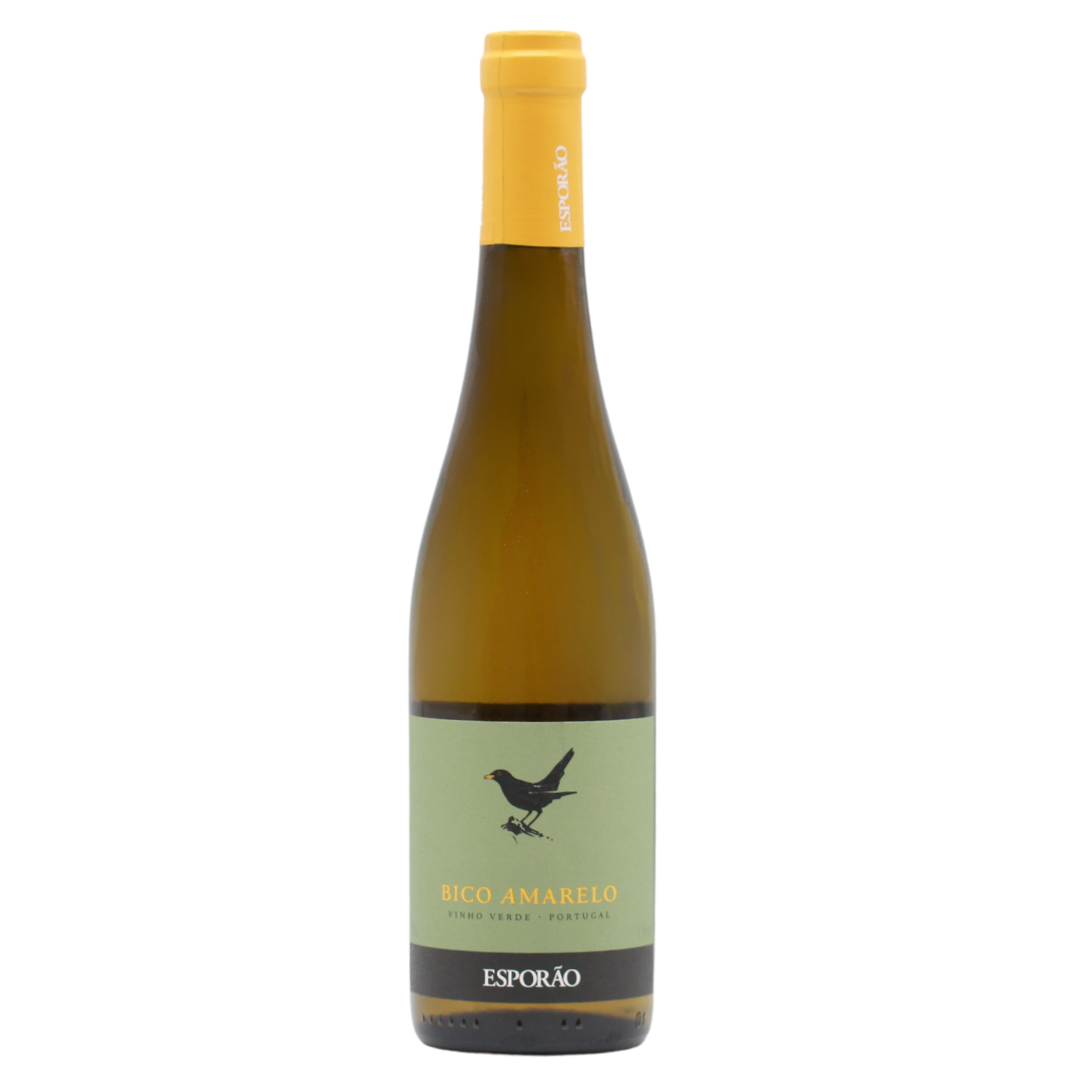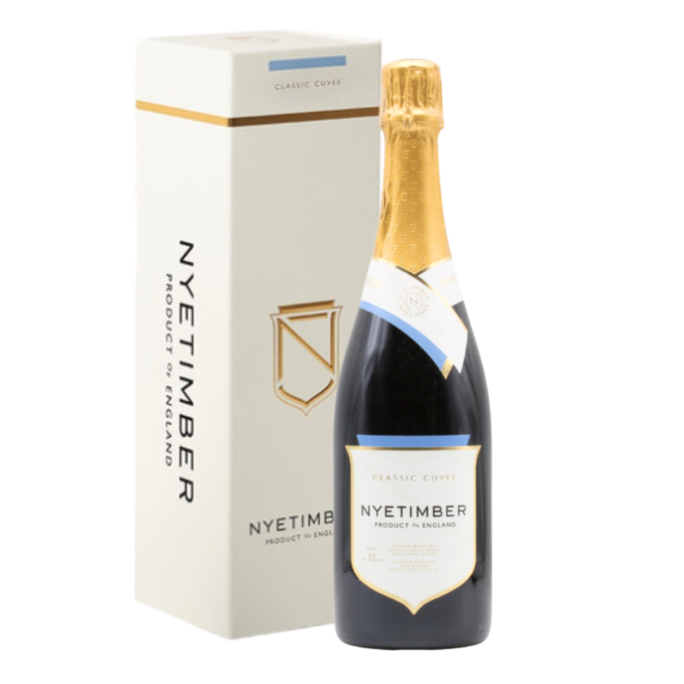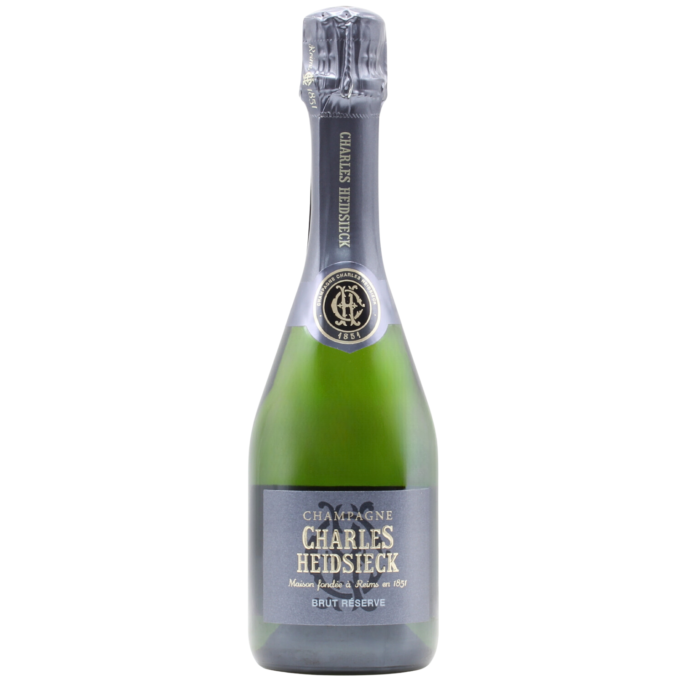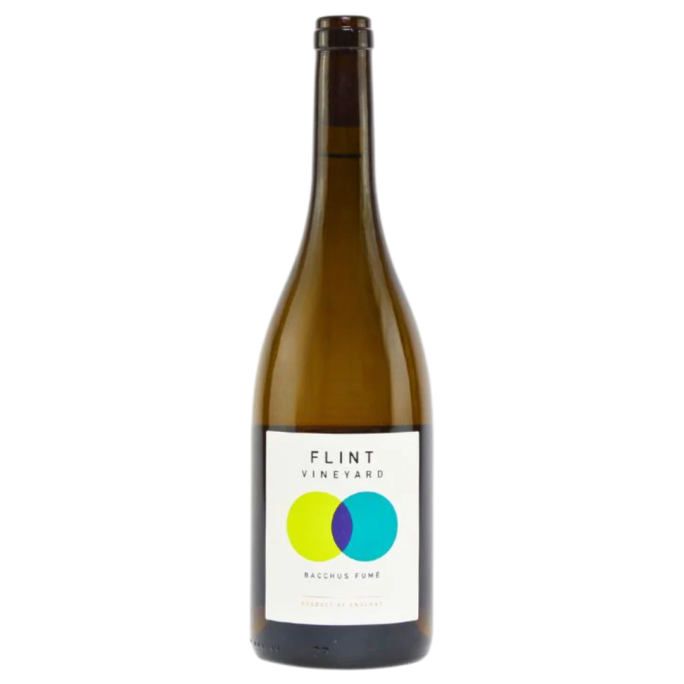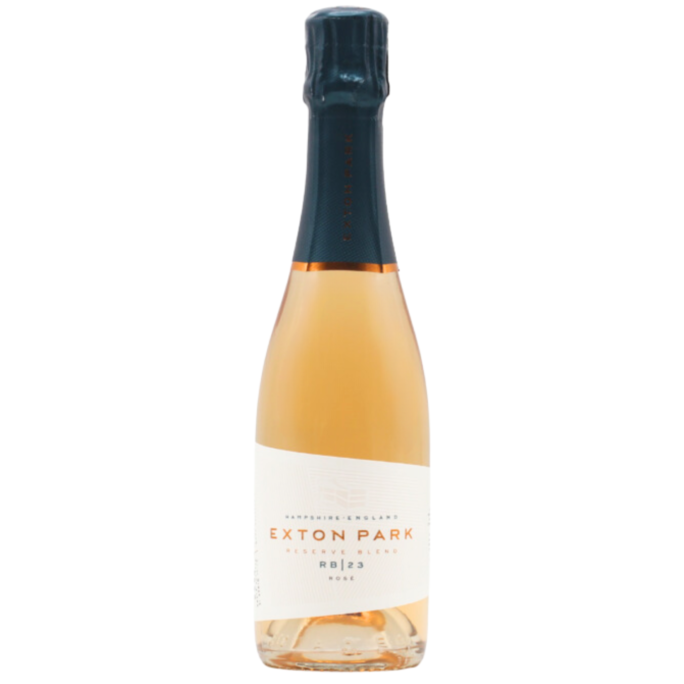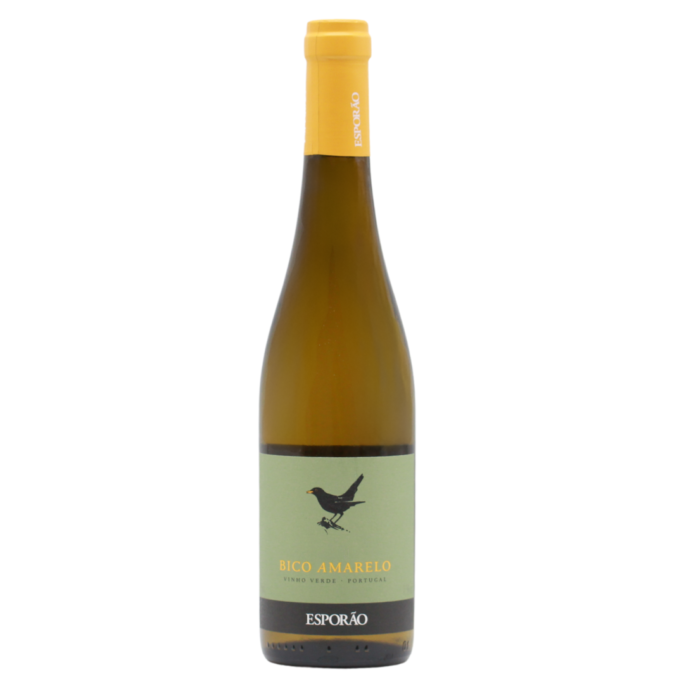Description
Bico Amarelo is a lovely white wine from the Lima sub-region of Vinho Verde. It’s made by the team at Quinta do Ameal, who are a historic producer dating back to 1710. It sits right on the banks of the Lima River, comprising 30 hectares (70 acres); half is vineyard and half is forest, with walnut, chestnut and other trees, all of which support Esporao’s impressive investment into biodiversity and sustainability
TASTING NOTE: Pale yellow/green colour, with a slight sparkle as is typical of the Vinho Verde style. On the nose: fresh, green apple aromas with some pear, peach and citrus notes (lemon and lime especially), and a hint of florality, e.g. jasmine and other white flowers. On the palate it’s fairly light-bodied, which is emphasized by the naturally high acidity and tiny spritz that are hallmarks of Vinho Verde wines. It has lovely, pure apple and lemon flavours. Overall, it’s a light, dry, tangy, crisp, and hugely refreshing wine to perk up the taste buds and match with seafood or light dishes. 11.5% alcohol.
FOOD PAIRING, STORING AND SERVICE: Traditional Portuguese dishes would be Bacalhau (cod) or Chicken Piri-piri (also known as Frango Piri-piri), which is grilled and seasoned with piri-piri, the small, red, Portuguese chili peppers. The cleansing, fresh, crisp style of Vinho Verde would also work well with crab or prawn tapas or mains (try prawn curry with some chili), or fish tacos. For vegetarian/vegan matches, try vegetable green curries, or vegetable ceviche with onion, avocado, coriander, corn and other veggies. It’s also a great wine to go with battered foods, whether that’s fish, tempura, or tofu. Drink now till the end of 2025
ABOUT: Made from the traditional Portuguese grape varieties Loureiro (60%), Alvarinho (20%) and Avesso (20%). The grapes were all picked by hand and brought to the winery for a gentle pressing of the whole grapes (they were not crushed before pressing, which is a very gentle way of handling the grapes). They were then fermented at controlled temperature (10-15°C) for 12 to 15 days. After that, they remained in contact with their fermentation lees, for about 3 months in a stainless steel vat at controlled temperature; this gave extra body and depth. There is a very slight sparkle to this wine which is entirely natural, and from the fermentation; it keeps the wine nice and fresh!
